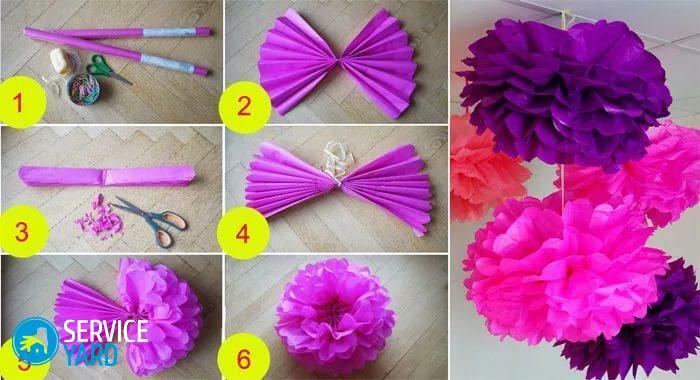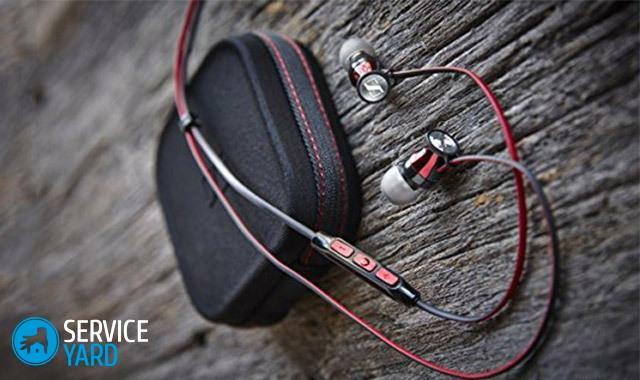Modern technologies have given rise to the rapid introduction of polymer materials in the sphere of heating equipment and heating equipment. With its unique physical properties, new materials have allowed dramatically change mounting technology water and heating systems. Installation of propylene pipes for heating systems has become much easier and faster. Greatly simplified operation of pipelines and communications and domestic water heating. But recently the organization of the water heating circuit in residential facilities was carried out exclusively with steel pipes.

System the central heating and hot water in apartment houses of old construction mounted only using metal consumables. In the particular sector of metal pipes for autonomous heating systems have been the only option. But time goes by, technical progress does not stand still. In place of the traditional technologies of communications options come packing with synthetic materials. Polymers in this aspect today occupy leading positions. Why? We will try to answer this question.
Location polymers in life-support system of communications
Despite the fact that the polymers in our lives were already a long time, until recently, their scope is almost no contact with the life-support systems. Water pipes, heating systems continued until recently assembled from metal pipes. The physical properties and characteristics of the plastics do not meet in such cases, technological parameters of water systems and heating systems. The first attempt to use polymers for this purpose has been the emergence of reinforced plastic products. Sewage, water, plastic, steel mounted. The further, the more. After a short time already, and polypropylene pipes for heating are today one of the main supplies.
For reference: in almost all European mills heating systems represent communication system made of copper or the propylene tubes. The frequency of use is about the same, 50 to 50. Everything depends on the technology and design features of residential buildings. The new budget housing for the heating circuits are preferred propylene products.
The reason for the popularity of new materials in the field of heating technology, positive points possessed polymers. Due to its structure, the polymers of many of their characteristics are similar to natural materials. Unlike metal products and asbestos cement products, polymers have high processability and low cost. To a large extent bribes and environmental safety of synthetic materials. In most cases, used for residential use brand polymers, harmless to humans and the environment.

What are the special properties characteristic of polymers:
- high chemical resistance and resistance corrosive processes;
- low density polymer material provides ease, elasticity and strength;
- due to the thermoplastic properties of the polymers can be given any shape and color;
- low heat conductivity, dielectric properties.
Almost all items are perfect for the materials used in heating systems. Especially should stay at the low thermal conductivity of polymers, their strength and resistance to corrosion.
For reference: low density polymers (5-6 times less than steel) allows the material to easily take on new forms, without losing their physical properties and characteristics.
Due to the low thermal conductivity of the starting material propylene pipes for heating a high level of security. Unlike metallic iron and consumables from propylene pipes have a normal outside temperature. Dielectric properties of propylene prevent the occurrence in the current line currents.
However, despite the wide range of technological features, as characterized by polymer and some disadvantages. The thing is that the heating system, and any, complex, dynamic design. A number of process parameters during operation of the heating equipment is constantly changing. Hence, there are new requirements for consumables.
Major disadvantages are inherent in the polymers are high in ductility of the material at high temperatures. It follows from this and the other, quite significant drawback, a large coefficient of thermal expansion. Unlike steel, polymeric pipes may be at a prolonged exposure to high temperature to lose its shape. The average thermal elongation for these products is 10 cm. at 1 meter. Another thing is that plastic polymers to some extent compensates for this drawback.

Important! At a temperature of 1750With propylene begins to burn, decompose into carbon and hydrogen and oxygen pairs. At a temperature of 1400With thermoplastic propylene enters reaction changing its shape.
The disadvantages also include high exposure to ultraviolet radiation. Under direct sunlight polypropylene becomes fragile and brittle.
Through constant innovation in polymer technology, it was possible to obtain propylene products that meet the highest technological standards. What types of polymers now used in the heating system of communications, look at next.
propylene pipes
At the moment, the absolute leaders in the field of domestic water and heating are polymers of the following types:
- polypropylene;
- polyethylene;
- PVC.
All of these species have one single property. All of them are thermoplastic and are capable of when the ambient temperature increases to make a viscous, plastic state. At the time of cooling materials solidify. Propylene in this list is the honorable first place, dividing the palm of cross-linked polyethylene. These two types of polymers are now the most convenient and practical for use with heating systems.
Driving home heating pipes fitted propylene often include long straights. It is in these areas of the pipeline plays a thermoplastic polymer with heating circuit cruel joke. Incorrectly selected pipe as a result of the high temperature heat medium circulation begin to change its shape operates effect thermal elongation.

Labeling and Scope
Propylene supplies traditionally designated PP symbols are used quite often. The most practical way to work with materials of propylene, which are designated PPR (random copolymer). Additive PPR letter abbreviation C means the presence of the reinforcing layer.
Typically, the reinforcement is carried out to impart consumables necessary strength and stability. Amplification is accomplished by the inclusion in the structure of the propylene tubes aluminum foil or fiberglass.

- In the first case, the product has a five-layer structure;
- In the second case, we are talking about a three-layer tube.

According to its physical and mechanical properties of these products are not enough in what inferior products from cross-linked polyethylene, but have a relatively high strength. They are produced not irregularly wound coils, a dimensional segments. Accordingly, transportation and installation of such tubes is associated with certain difficulties. During the installation of the pipeline from the polymeric supplies you will need a large number of additional fastening hardware.
In order to be the heating equipment in the house fully worked and you were provided with warm, you must not only have a powerful boiler or good radiators. pipeline quality has almost crucial for home heating functionality. In the field of thermal industry today used propylene pipe of a certain brand. In each separate case must be guided in the selection marking articles. Of all the characters printed on the surface of the pipe, the main parameters are the following for you:
- manufacturing material (PP, PPR, PPR)
- the presence of the reinforcing layer (PPRC, PPR-AL-PPR, PPR-FB-PPR);
- outer diameter of the product (Not to be confused with an inner diameter);
- thickness of the pipe wall;
- rated operating pressure.
These parameters are usually specified in the thermal calculations that precede the installation of the heating pipe.

Important! It should be said that the wall of the propylene tubes thicker than metal products and metal plastic. Therefore, when laying the pipeline should always take into account the passage section of the difference, being connected to the riser and heating to radiators.
it is recommended to use reinforced supplies for heating circuits. Pipe with PPRC marking will meet all the necessary requirements, including high resistance to temperature extremes and operating pressure.
The only heating system, which can use an ordinary propylene - a warm water floor. This type of heating involves the laying of water circuits on the floor, under a concrete screed. Moreover, the coolant temperature in the system heating circuit for underfloor heating should not exceed 500FROM. With these parameters, a high coefficient of thermal expansion of the conventional propylene is not critical.
On a note: a significant drawback of propylene pipes, lack of elasticity. When the diameter of the article 20 mm, the bending radius will be not less than 8 diameters. In other words, the bending point in the loop will have a radius of 16 cm or more.
Making the propylene heating pipes
Propylene in the usual embodiment is now used for laying floors warm water. The main argument in favor of this option, the price and the lightness of the material. On the shortcomings we have already said, so these pipes are best suited for laying line pipes with large extent on the straight sections. But! For the supply of cold water.
With warm water and a bit more complicated. Here it is necessary to rely on reinforced consumables. With reinforced such pipes have minimal thermal elongation and excellent job with their work in the heating system.

What better use of propylene pipes for heating, reinforced with fiberglass or aluminum? What to choose? No difference in principle. The only condition is a low-quality consumables with aluminum, can delaminate over time, losing the integrity and tightness. If you wish to make its pipeline the safest possible and resistant to various physical and dynamic loads, use a composite reinforced pipe.
Laying process is carried out by means of special shears and soldering.
To work with pipes with an aluminum reinforcement required trimming cut to a depth of 1-2 mm, which would ensure a good quality connection.
conclusion
Work with propylene pipes convenient, easy and fun. Thanks to high technology material, you almost never will be waste, besides using plastic pipes can create a line of any configuration. Given all the technological parameters of the pipe, power and performance capabilities of the heating equipment, your heating system will be reliable and durable.



